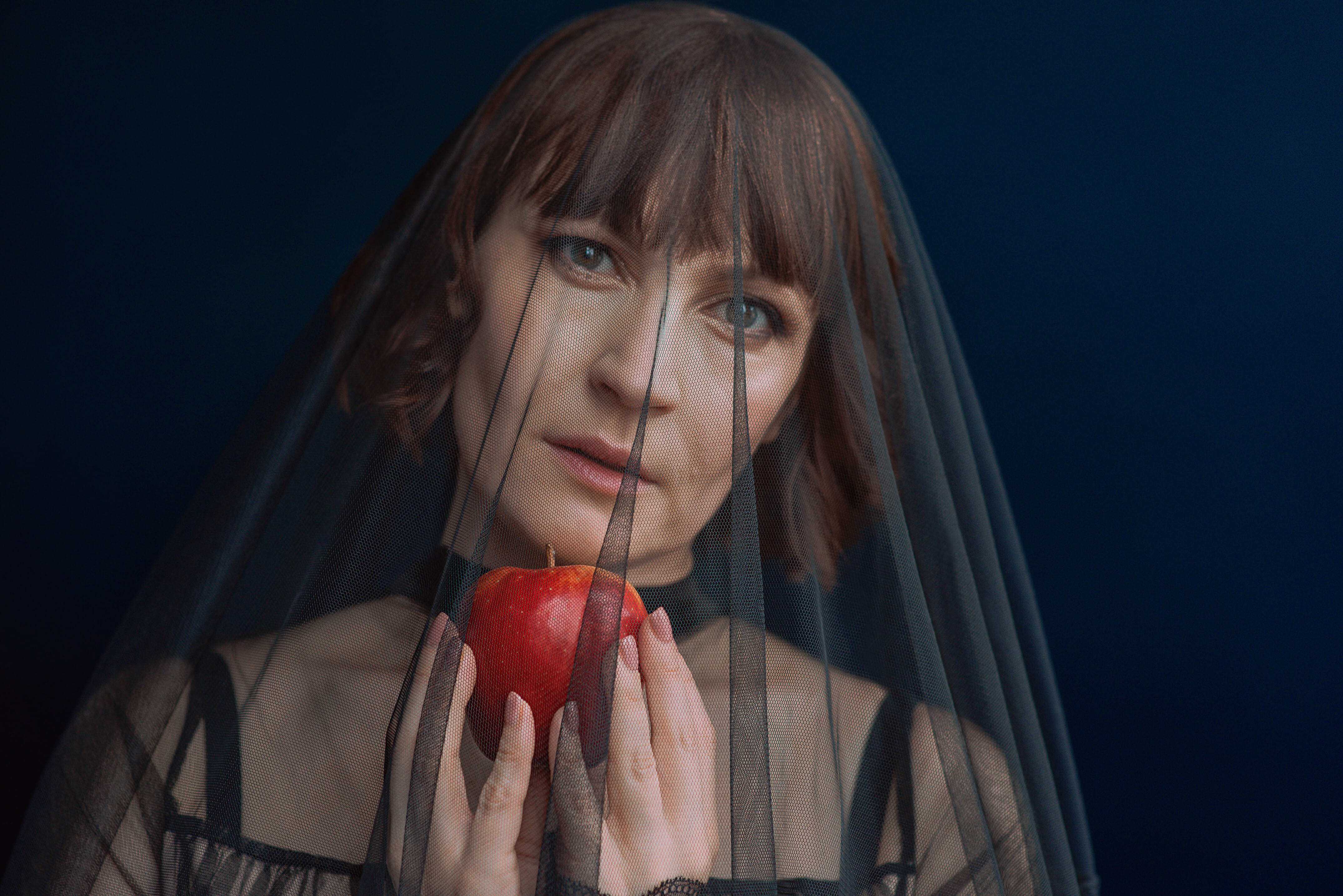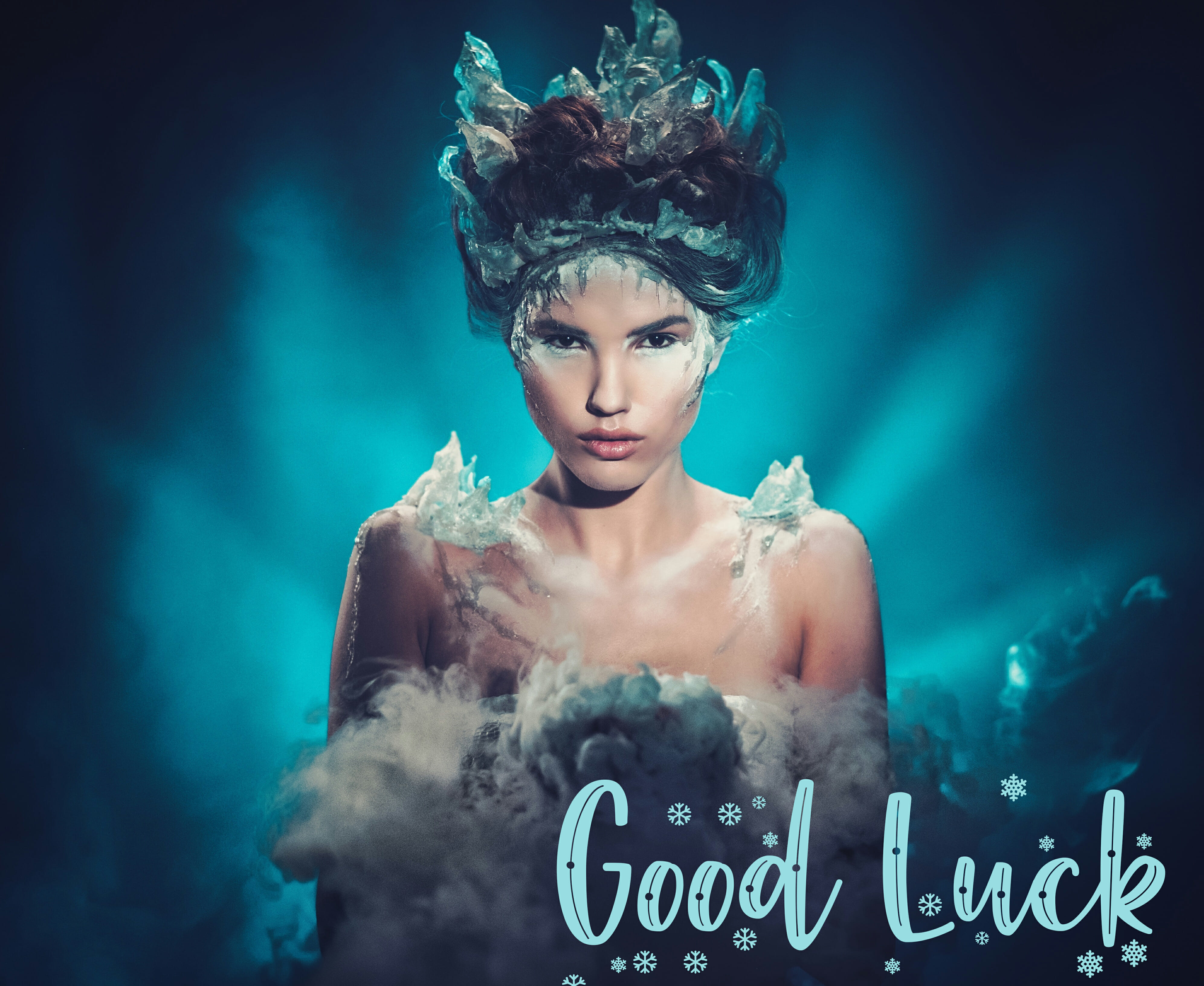Happily Ever After?: Writing Fractured Fairy Tales
‘Once upon a time’ isn’t a phrase we read often anymore, but it’s one that’s loaded with memories. But does that mean that fairy tales are only for kids? Definitely not!
We all know at least one fairy story, but there’s an entire form of writing devoted to taking apart the classic narratives and piecing them back together to great something new.
This type of story is known as a fractured fairytale, as it takes apart a well-known story and rearranges the pieces to build something totally unique.

We all know that Rapunzel lets down her hair and that Snow White eats the poisoned apple.
But what if the Big Bad Wolf was terrified of Little Red Riding Hood? What if Bluebeard’s wife took revenge for the women that came before her? What if Jack climbed the Beanstalk to find that he was the giant?

Fractured fairy tales are all about exploring the other side of the page, looking at new angles in old tales to create something new.
As a story can be retold in countless ways, it doesn’t have to stay true to its roots; your story can be as dark or gothic is you like.
If you’re intrigued by fractured fairy tales, why not check out our brand new winter writing competition, which challenges you to write a 500-word retelling of ‘The Snow Queen’!
Taking apart a classic tale is an amazing way to flex your creative muscles, so we’ve included just a few of the ways you can retell a story in our handy tips below:
Stock Characters
We all know about the protagonists, but fairy tales are home to far more characters — cackling witches, fire-breathing dragons and big bad wolves. Why not write a story from their perspective?
Will Rumpelstiltskin ever have a child of his own, does Gaston ever find a wife?

Challenging Convention
Who says that the princess can’t be friends with the dragon guarding her tower, or that the three little pigs aren’t really so innocent after all?
Here’s your chance to explore the other side of the story!

Location, Location, Location
Fractured fairy tales don’t need to take place in a land far away and changing the setting can give a brand new perspective.
What if Little Red Riding Hood lived in a big city, or Rapunzel’s tower was really a tower block? What if Cinderella didn’t want to go to the ball, but a ballgame instead?

Happily Ever After?
Now’s your opportunity to explore what came after the end, or how the characters came to be.
What happened to the Magic Mirror after Snow White became queen? What were the three little pigs like when they were piglets?

Switching it up
What happens to the story when you switch up genders, ethnicities or nationalities?
What if the prince fell in love with a beautiful woman under the waves, and desperately wished to become a merman instead?

Behind the Scenes
The main plot of a fairy tale has stayed the same throughout the centuries, but it doesn’t need to stay that way. New characters, plot points or scenarios can add a fun twist on the classic.
What if the first little pig had let the wolf in? What if Goldilocks went to the next house along, home to a family of racoons?

Keeping it Simple
Fairy tales may be short and sweet, but your retelling doesn’t need to include the entire original plot. There are so many memorable moments in the classic tales, so try focusing your retelling on a particular scene.
What about Dorothy’s first impression of Oz, Alice’s fall into Wonderland, or the moment the Witch catches Hansel and Gretel?

Role Reversal
A classic fairy tale always features a protagonist and an antagonist, but what if their roles are exchanged?
How do the Giants feel when Jack is trespassing into their Kingdom? What if Aladdin was seeking fame and not the heart of the princess?

Breaking the Spell
We may dismiss fairy tales as fantastical children’s stories, but this wasn’t always the case.
While they’ve always been entertaining, they were once aimed squarely at adults, so many of the classics were deliciously dark, packed with revenge, curses, and lots and lots of gore!
Your retelling doesn’t need to focus on the child-friendly versions we all know. Stepping further back in time to retell original variations (before all the exciting stuff was taken out) is a fantastic way to put a fresh spin on a story.

Many of the stories we’ve mentioned were popularised by the Brothers Grimm, Charles Perrault and Hans Christian Andersen, and the original editions can be found easily online.
Take a look at some classic stories and some of the key moments that modern variations have left behind:
Cinderella
Cinderella’s stepsisters chop off their toes and ankles to desperately fit into the glass slipper, and in other stories, the sisters’ eyes are pecked out by birds in punishment.
The Little Mermaid
Although she gets her legs, every step for the little mermaid is like walking on knives. When the prince marries another, the only way she can transform back is by killing the prince and letting the blood drip onto her feet.
Rapunzel
In the original version, the Prince and Rapunzel fall in love and he visits her often. When the witch finds out — after Rapunzel’s dress gets tighter around her belly — she throws the Prince from the tower, blinding him.
Snow White
The Queen attempts to kill Snow White three times, with a poisoned comb, a crushing bodice and the classic apple. Although Snow gets her happy ending, the Queen is forced to dance to death in red-hot iron shoes.
The Frog Prince
After meeting at a pond, the Princess reluctantly befriends a frog who is rude and brash. The Prince is only restored to his usual self when the Princess throws him against the wall in disgust.

Adapting an Original
Fairy tales have lasted for centuries due to their repetitive and easily identifiable plot and story structures.
-
Cinderella is the quintessential rags-to-riches tale
-
Jack and the Beanstalk shows that good triumphs over evil
-
Pinocchio is the classic coming-of-age tale.
We recognise stories by the journey of the plot, but this opens the doors for a retelling in any genre.
A great way to explore a fractured fairy tale is by taking a story we know and placing alternative conventions around it, turning the original on its head.

Happily Ever After?

We love any and all kinds of fractured fairy tales, but our favourite subversion is one of the trickiest to pull off… a tragic ending.
This kind of approach is known as an anti-fairy tale, which brings out the darkness in the world. Villains win, heroes lose, and the ending certainly isn’t happy.
There are no rules on how true to the original the retelling needs to be. In fact, the more adventurous, the better!

Winter Writing Competition 2018!
Writing a fairy tale retelling can certainly be a challenge, but it’s an amazing opportunity to test your imagination. Our tips are especially useful if you’re taking part in our incredible winter competition and creating your own retelling of Hans Christian Andersen’s ‘The Snow Queen’!
Our competition is open to everyone, whether you’re enrolled onto our courses or not. If you’d like to try something a little different, we’re also running our winter competition on our sister courses, WriteRomanceFiction and WriteFictionBooks. There’s more chances to take part than ever!
If you’d like to take part but don’t know where to start, take a look at some of our storybook suggestions to kickstart your creativity…
We all know at least one fairy tale off by heart, but how is it possible to re-tell a story that’s been told a million times before?
The truth is that all fairy tales have evolved over centuries being told time and time again. They’ve advanced with each retelling and dozens of variations are told differently all over the world.
Every single storyteller sees a story in their own way. All you need to do is figure out how you want to tell it.



